A cooling tower is a piece of auxiliary equipment used to cool hot water pumped from the condenser to the tower. It is accomplished by lowering the water’s temperature using ambient air. Either natural or fan-forced air can be present. The ability to chill the water is based on the water’s ability to evaporate when it comes into contact with air. Read More…
Cooling Tower Systems has manufactured and sold various models of cooling tower systems and related equipment all over the United States and internationally for over 40 years, with five different models in production- one to meet every need for businesses of all sizes. We are the oldest, full-service fiberglass water cooling tower manufacturer in business today. All CTS cooling towers are...
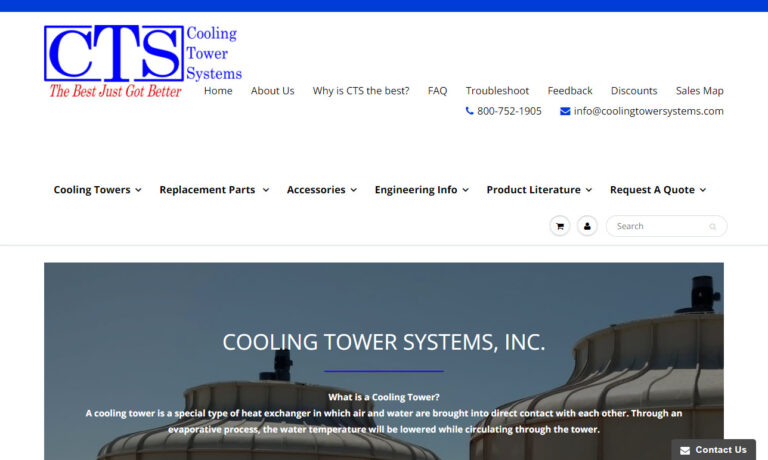
As a leader in the industry, we have become competitive in all types of cooling tower projects of any size and design. We are constantly developing newer methods to serve the growing needs in the industry, and our efforts have led us to become a highly competitive, full-service engineering, design, and repair contractor. Our emphasis on performance and low maintenance continues to give STAR the...
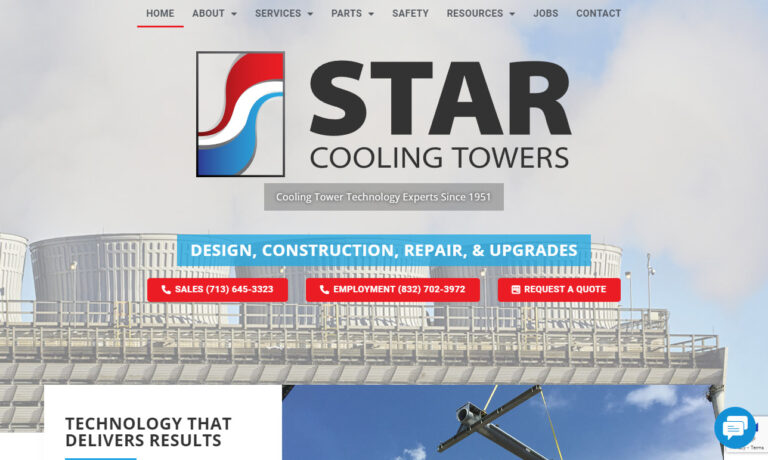
Since 2004 Composite Cooling Solutions (CCS) has been a supplier for cooling tower solutions. Though CCS was officially created in 2004, our staffs experience in the field goes back over a century and a half. We specialize in creating concrete cooling towers with both counterflow and crossflow configurations. With our extensive background in the industry and our growing number of cooling tower...
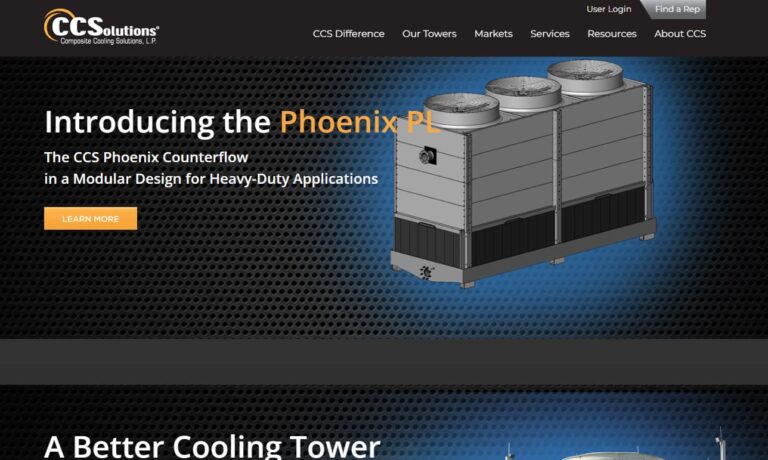
At Cold Shot Chillers, we create a number of chilling systems, including cooling towers. Our products are designed for durability and cost effectiveness. Our engineers can easily custom build any machine to fit the needs of a particular application.
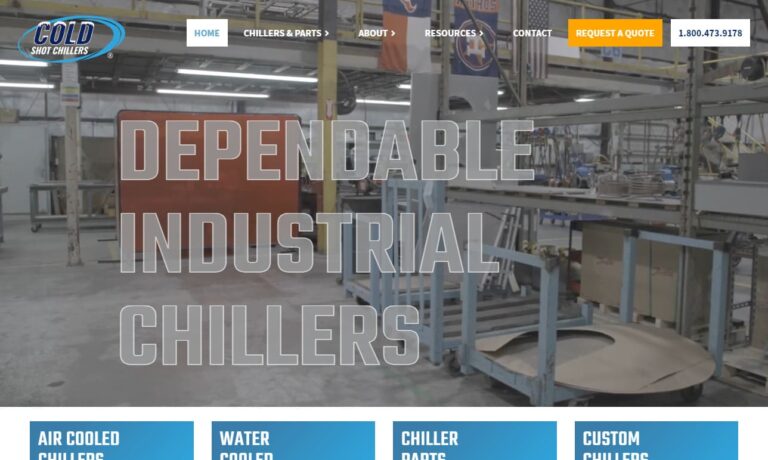
More HVAC Cooling Tower Manufacturers
Similarly, an industrial cooling tower works by dissipating heat from water by evaporating a small amount of water that is circulated inside the device. Warm water cools when combined with colder air, which releases latent heat of vaporization.
The tower should typically be able to cool the water by 6 to 7°F of the temperature of an air-wet bulb. The cooled water that exits the tower can be 85°F, which is around 7°F lower than the air wet bulb temperature; for instance, if the hot water entering the tower from the condenser is 95°F, and the wet bulb temperature of the air is 78°F.
Types of HVAC Cooling Towers
Three basic cooling towers are based on how water or air moves through them. Crossflow, counterflow, and hyperbolic are a few of these categories. Additionally, two cooling towers—induced draft and passive draft cooling towers—are categorized based on airflow.
Crossflow Cooling Towers
Crossflow cooling towers use a splash fill, which enables in-flowing air to move over the stream of water from the upper reservoirs in a horizontal direction. Crossflow systems are among the most expensive and simpler to maintain equipment kinds. However, compared to conventional cooling systems, these are more susceptible to frost.
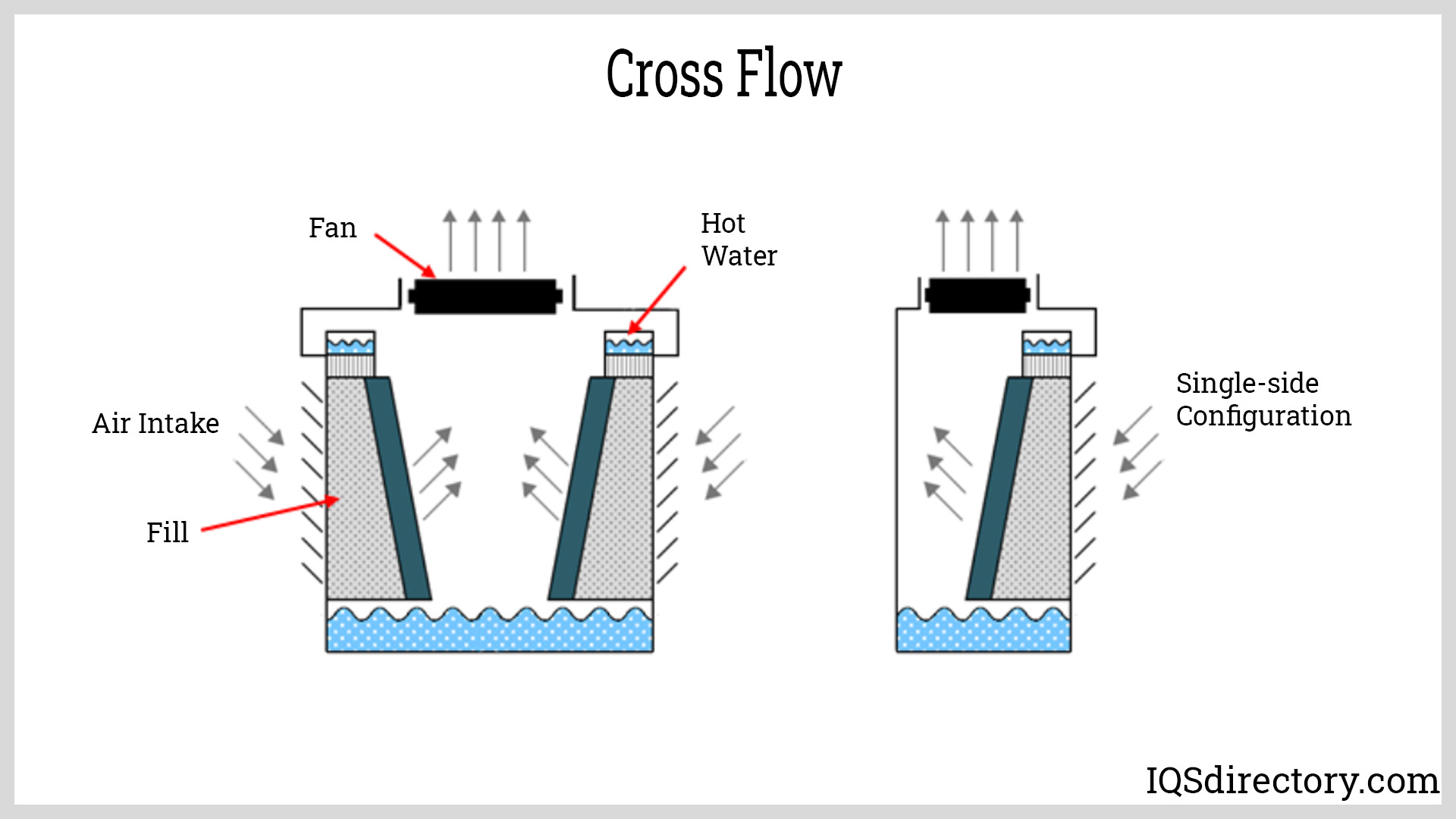
Counterflow Cooling Towers
In a counterflow system, the water pours down from the reservoir above as the in-flowing air moves over the splash fill in a vertical course. Typically, counterflow systems are more compact than crossflow systems. However, since more energy is required to force the air higher against the running water downward, these cooling towers are more expensive.
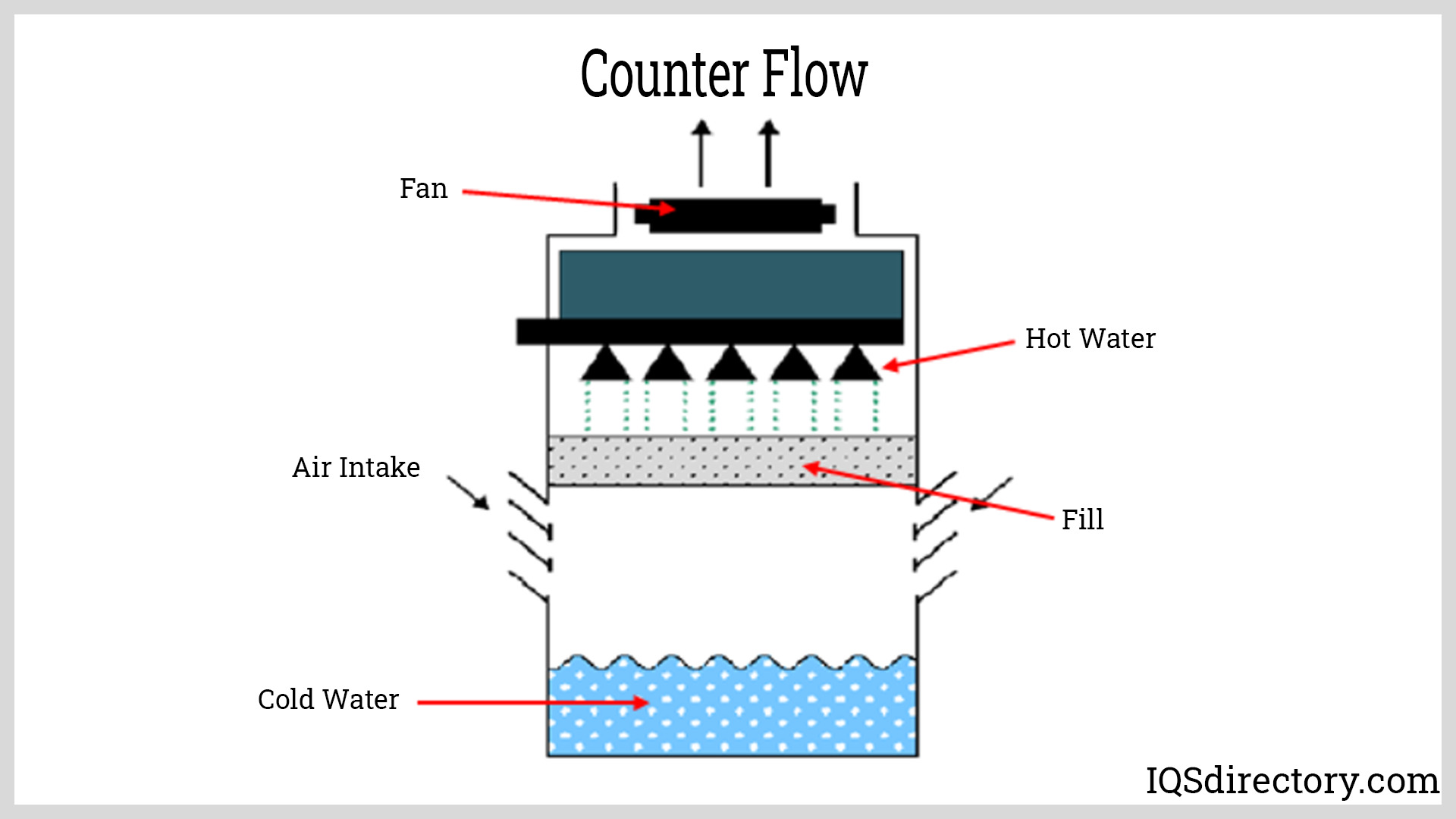
Hyperbolic Cooling Towers
Well-designed hyperbolic systems use a small number of resources. These cooling towers can effectively handle large-scale duties in huge chemical or power plants, even if they only need a few resources.
In hyperbolic systems, the colder, outside air uses a chimney stacking strategy to drive the wet, warmer air within the tower. A splash fill is constructed at the tower's base, and air moving upward cools the water that sprays over it.
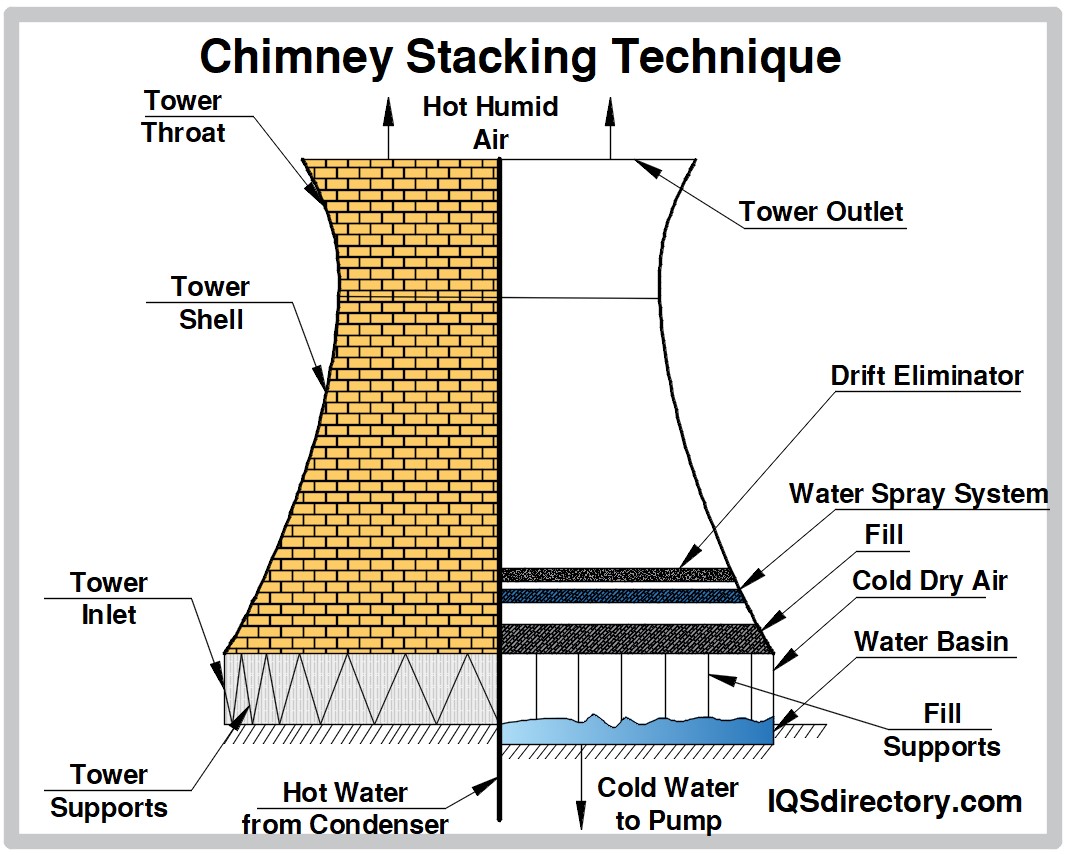
Induced Draft Cooling Towers
Induced draft or mechanical draft cooling towers force air upward inside the tower using mechanical pressure, like a fan system. Induced draft systems can also use blow-throughs or draw-throughs to push or pull air into the tower.
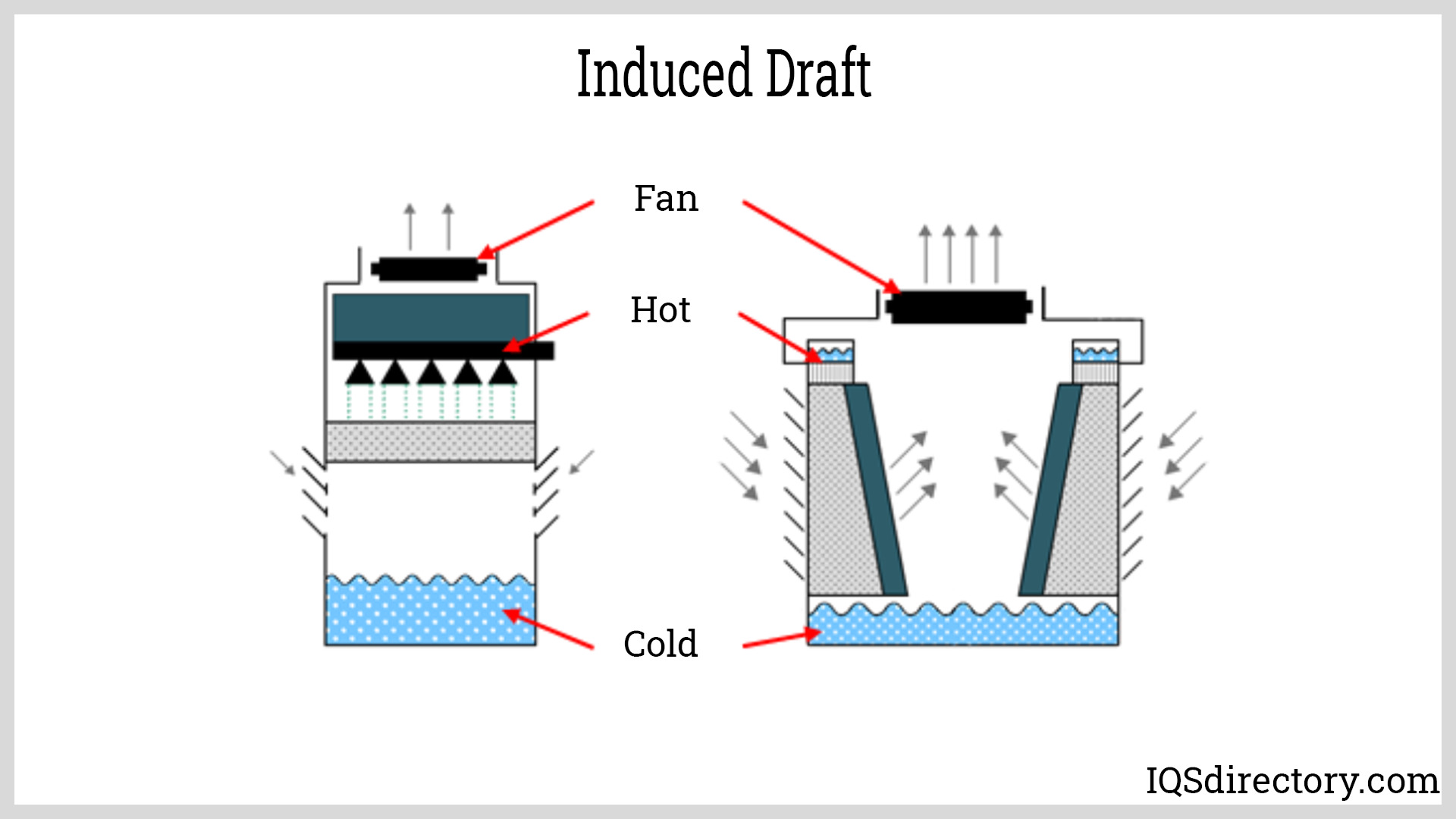
Passive Draft Cooling Towers
In passive or natural draft cooling towers, the air is drawn naturally throughout the structure by the upward motion of warmed air and a steep chimney construction. Hyperbolic towers are passive draft systems, even though passive draft systems can have either a counterflow or crossflow transport design.
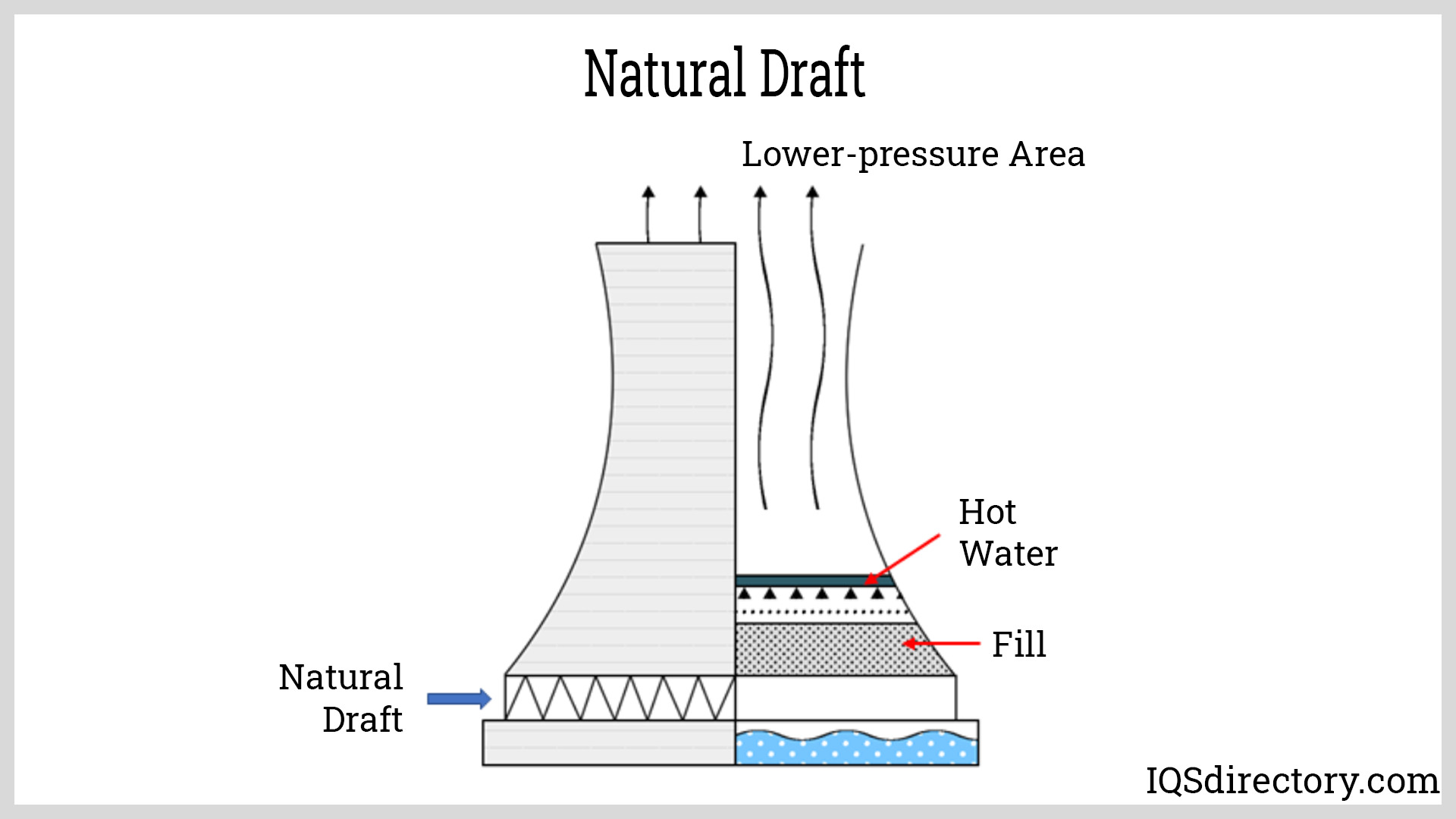
Principles of Operation
The usage of this equipment to cool the water-cooled condenser from a chiller system illustrates the application. The chiller condenser, which may be inside the structure, is piping hot water to the cooling tower. The water is moved back and forth by pumps from the condenser to the tower.
The thin film materials (also called fill) are sprayed with hot water using a nozzle. These materials can be formed of plastic, wood slats, or metal fins. Their exteriors might have flat, corrugated, or honeycomb-shaped surfaces. Air in the atmosphere is forced, or naturally drafted, cooling water, collected at the bottom sump and cycled back to the condenser.
Benefits of Cooling Towers to HVAC Industries
The following are some of the advantages cooling towers provide to the HVAC industries:
Cost-Effective Installation
Compared to the professional installation costs for central refrigerated air conditioning, the cost of the evaporative cooling tower has been relatively lower.
Ease of Operation
It uses water as fluid rather than pricy refrigerants.
Energy Efficient
It is more energy-efficient, using less power and drawing less current.
Cost-Effective Maintenance
Compared to refrigerated cooling, the evaporative cooling tower requires less maintenance.
Great Performance
It has been observed that the cooling towers rapidly evaporate water. Therefore, the structure would remain free of extremely hot water.
Limitations of Cooling Towers in HVAC Systems
- The fan size in forced draft cooling towers is limited to 4 meters to prevent ice from forming on neighboring equipment during cold weather.
- Powerful machinery is needed for the forced draft.
- In induced draft cooling towers, air speeds through the packings are disproportionately distributed.
Choosing the Proper HVAC Cooling Towers Supplier
To make sure you have the most productive outcome when purchasing HVAC Cooling Towers from an HVAC Cooling Towers Supplier, it is important to compare at least 5 or 6 Companies using our HVAC Cooling Towers directory. Each HVAC Cooling Towers Supplier has a business profile page that highlights their areas of experience and capabilities and a contact form to directly communicate with the manufacturer for more information or request a quote. Review each HVAC Cooling Towers company website using our proprietary website previewer to get an idea of what each company specializes in, and then use our simple RFQ form to contact multiple HVAC Cooling Towers companies with the same message.

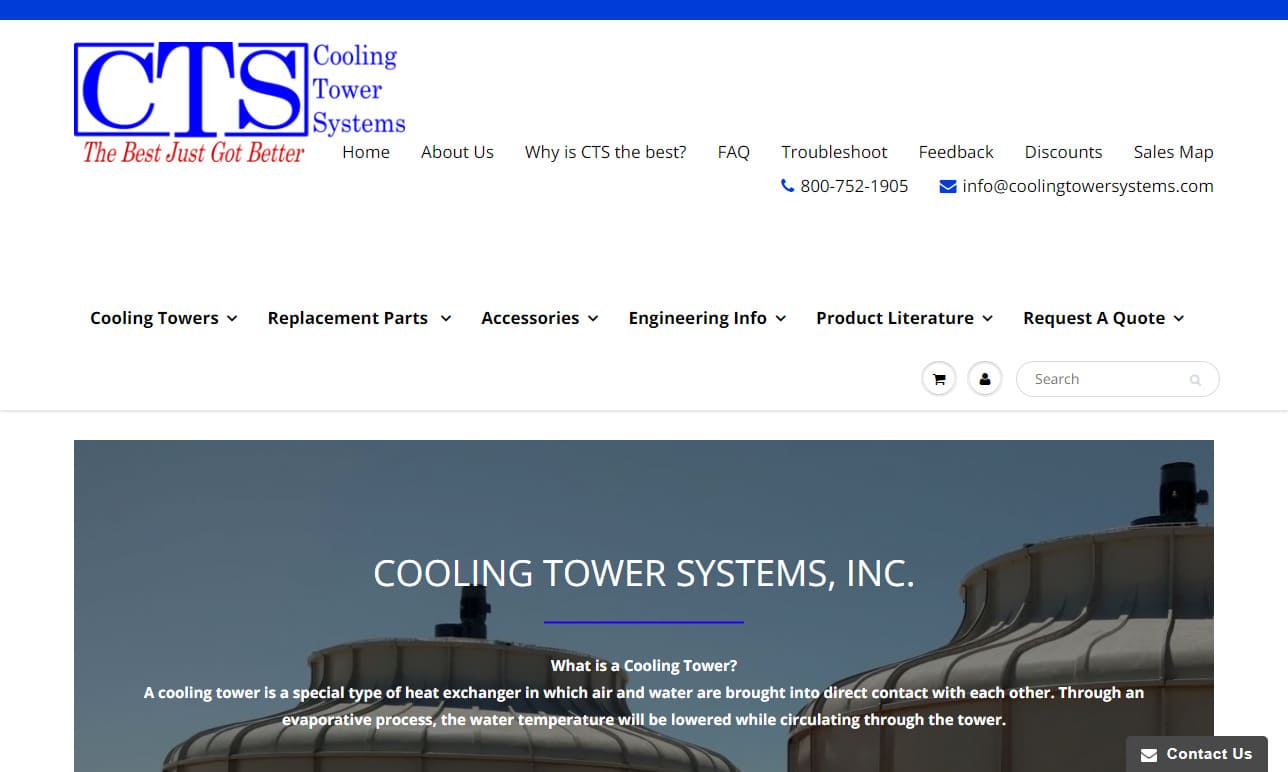
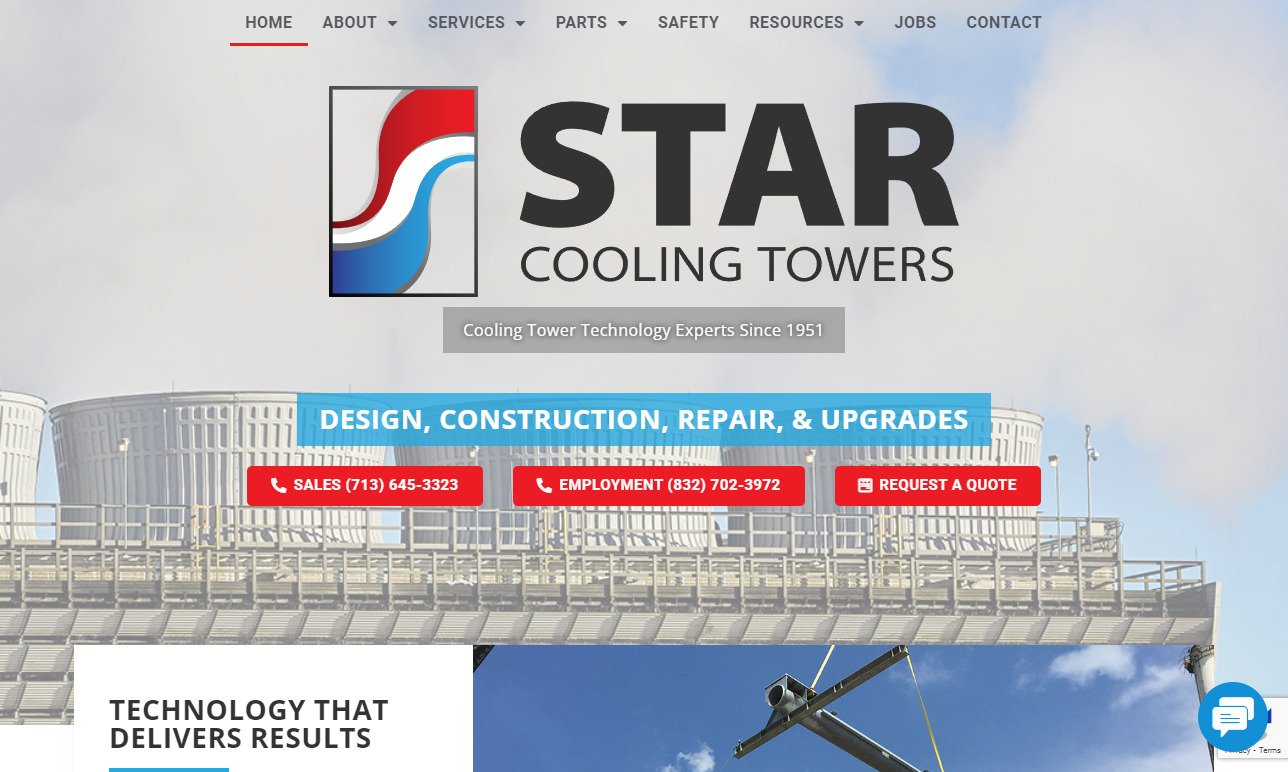
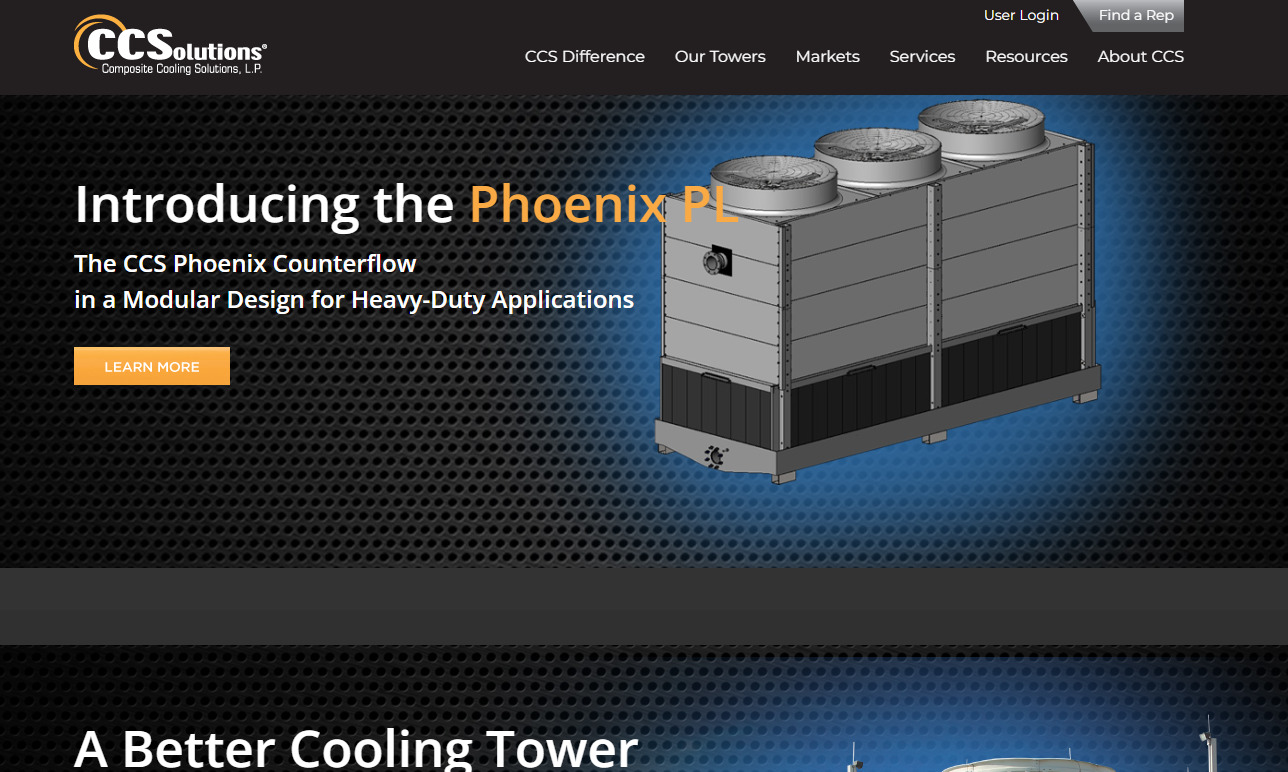


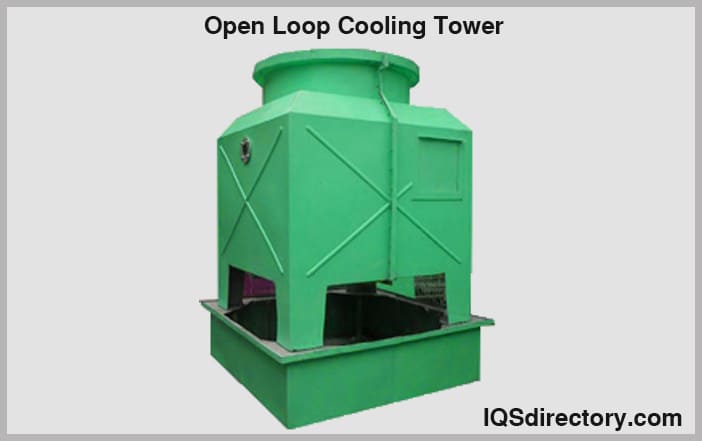
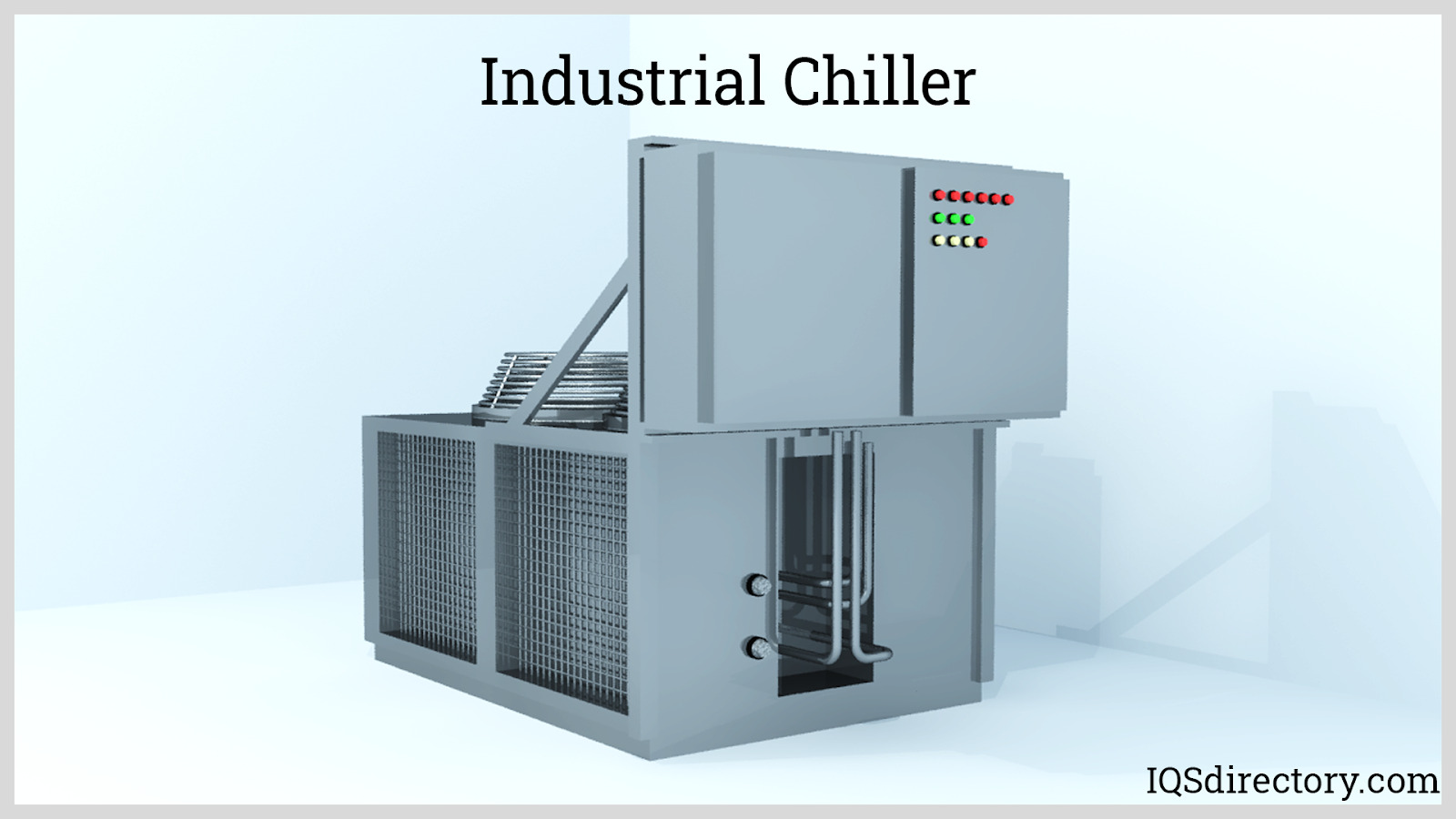
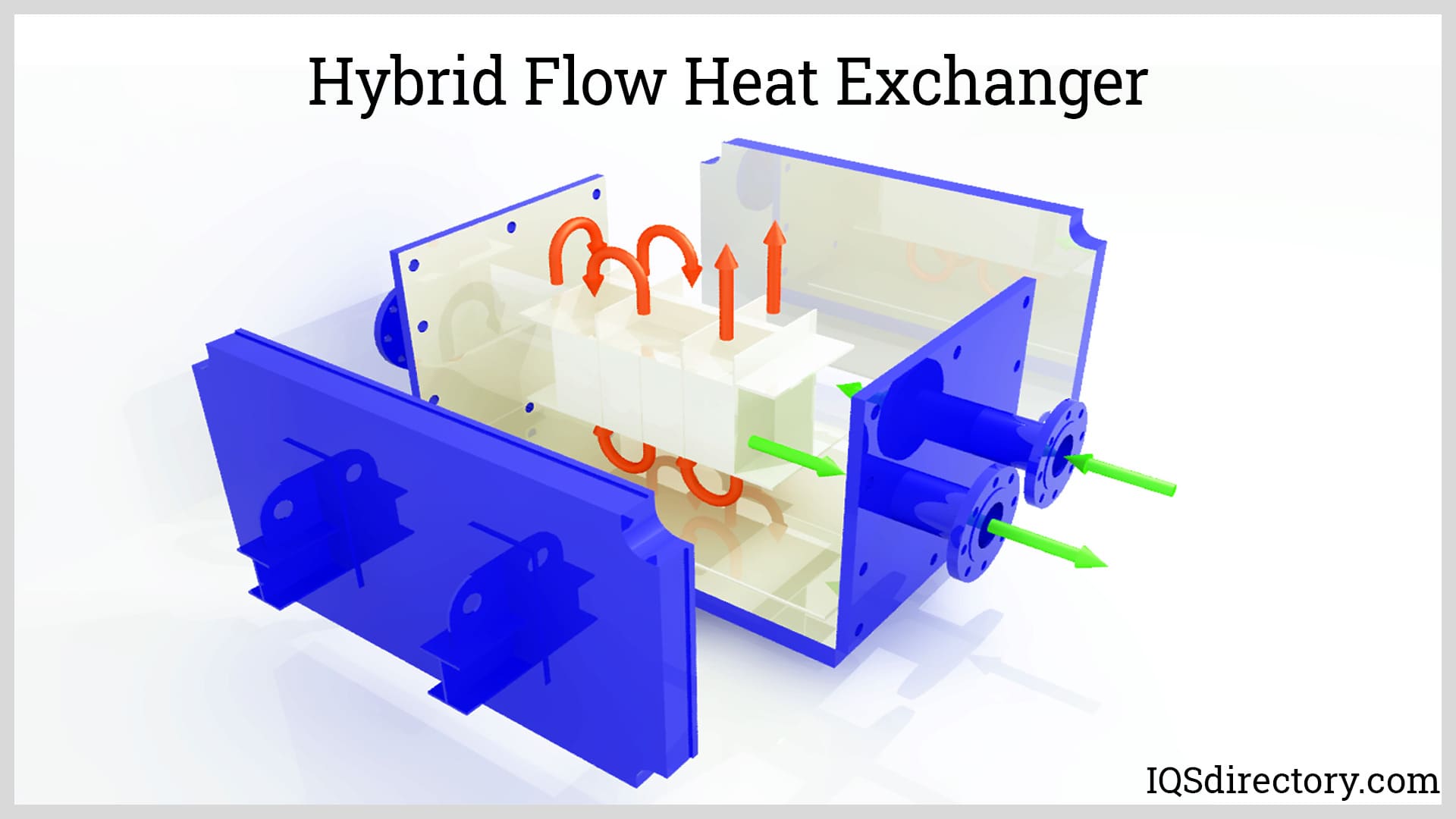
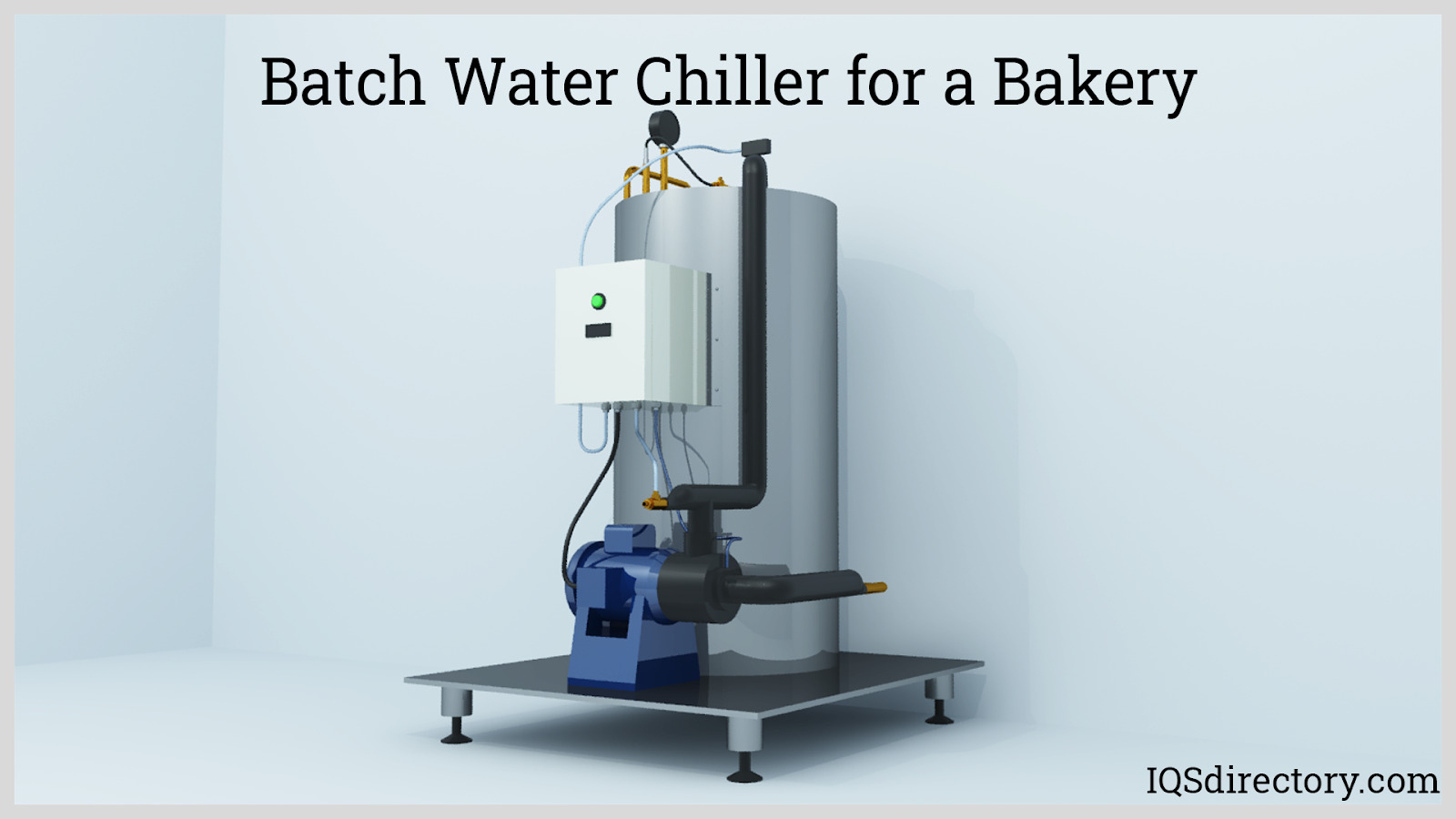
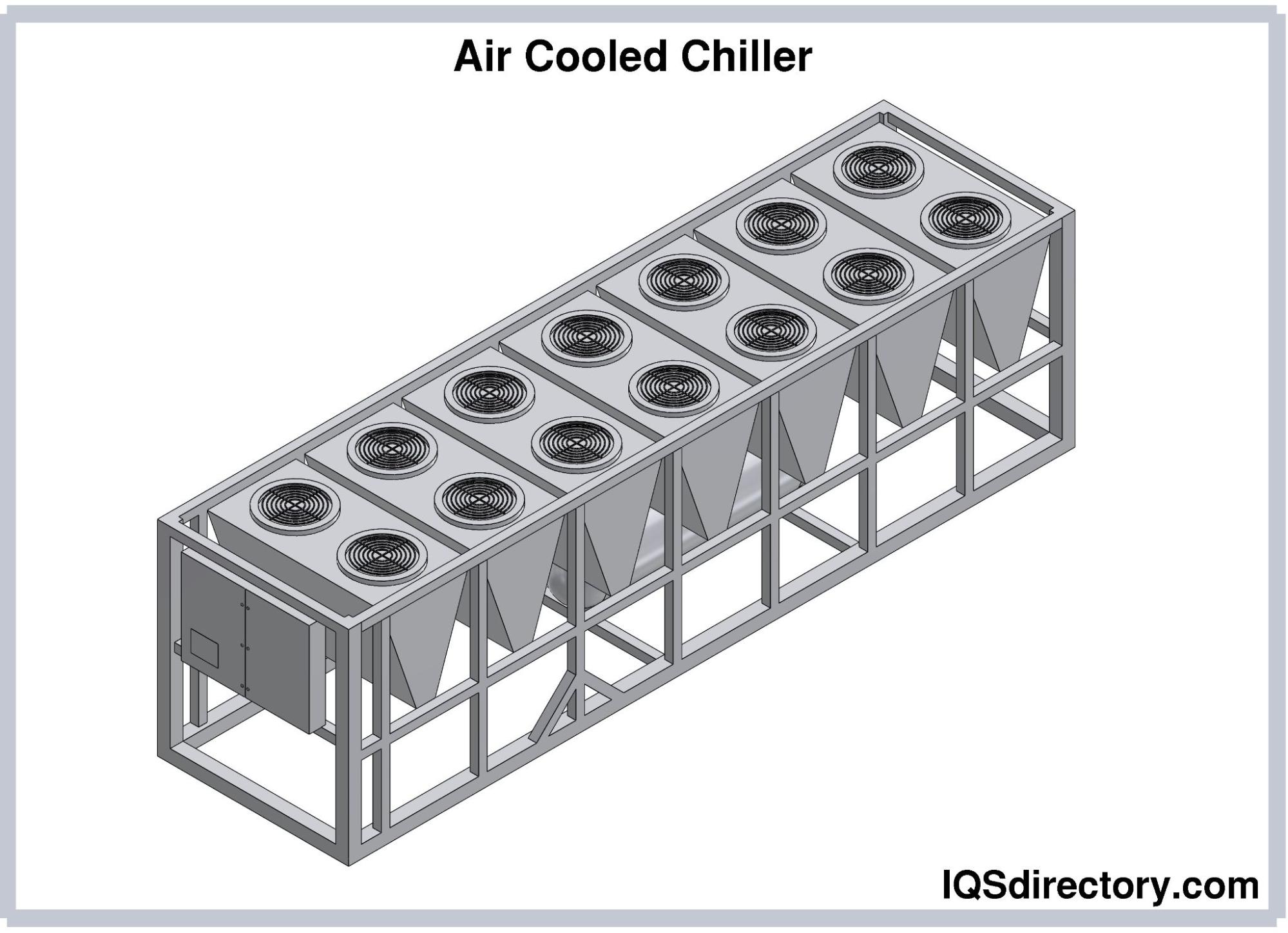
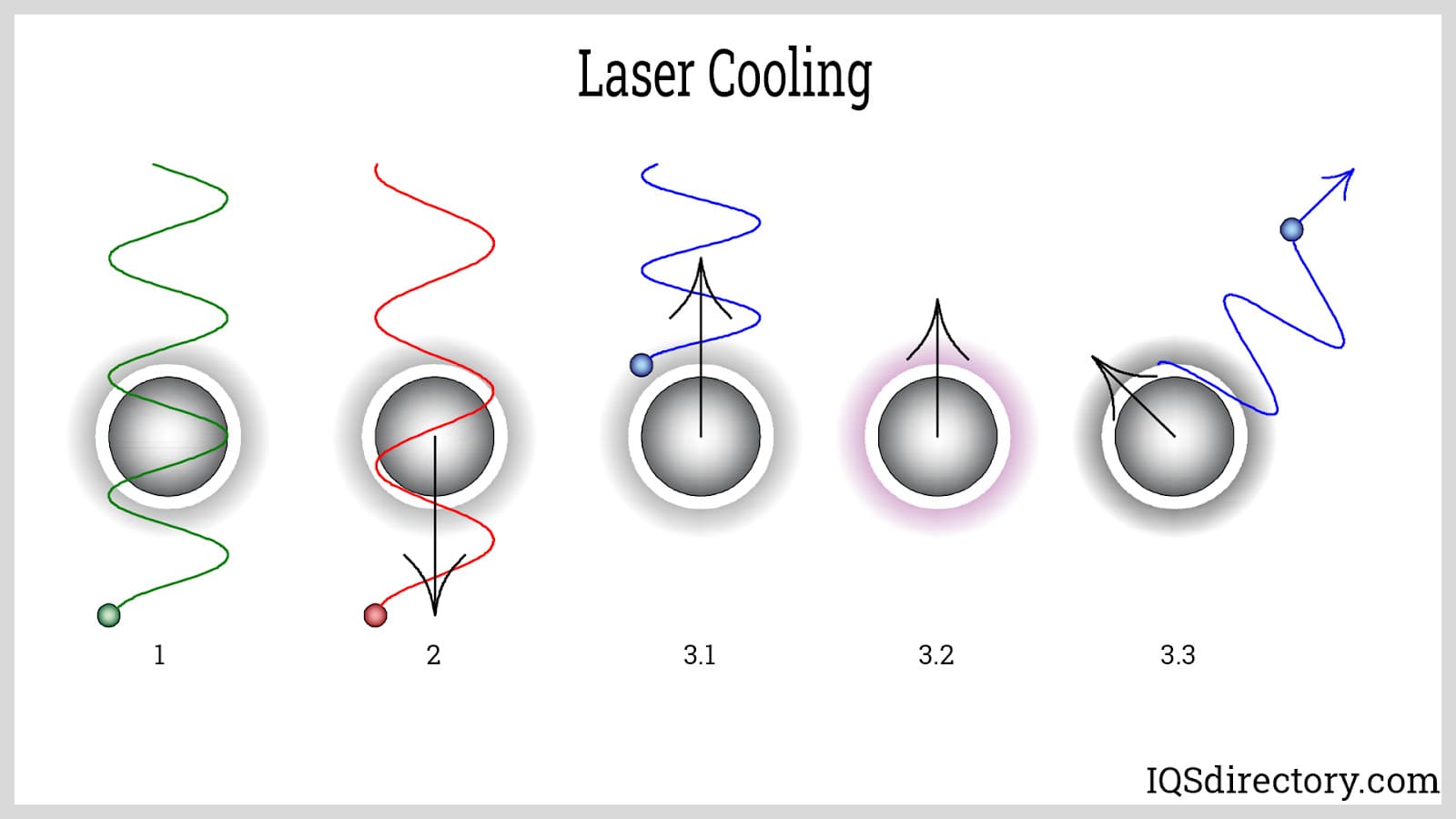
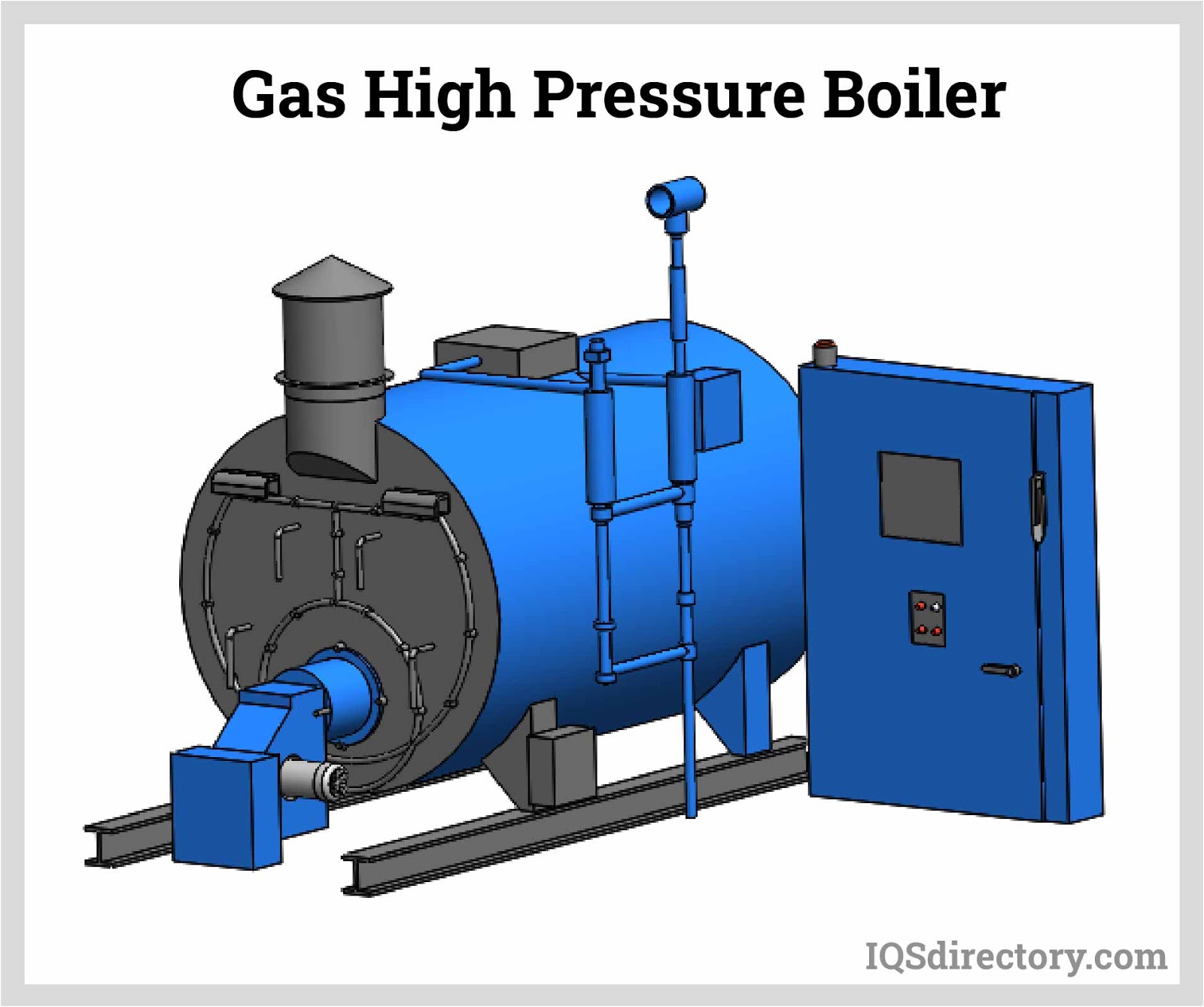
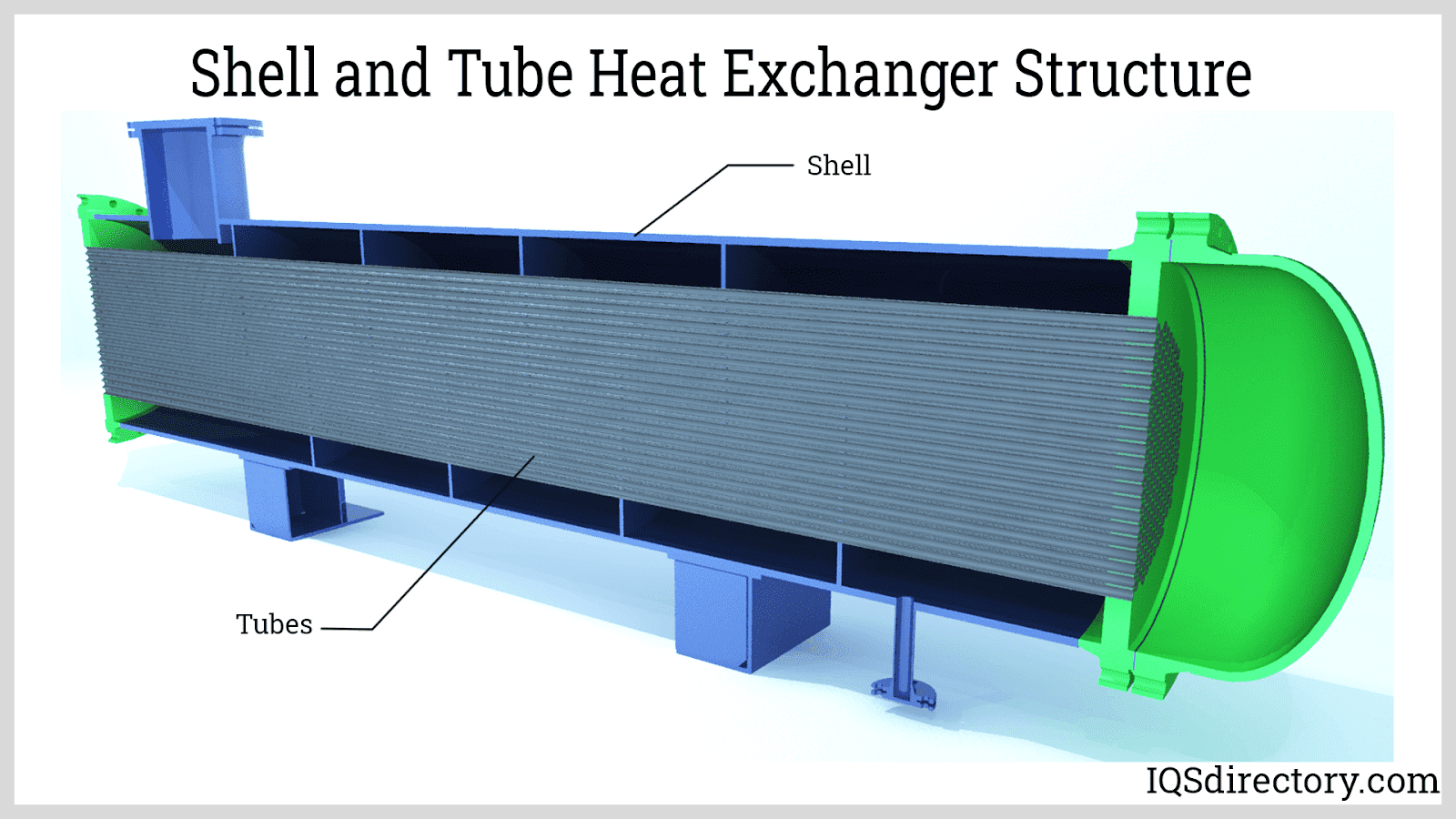
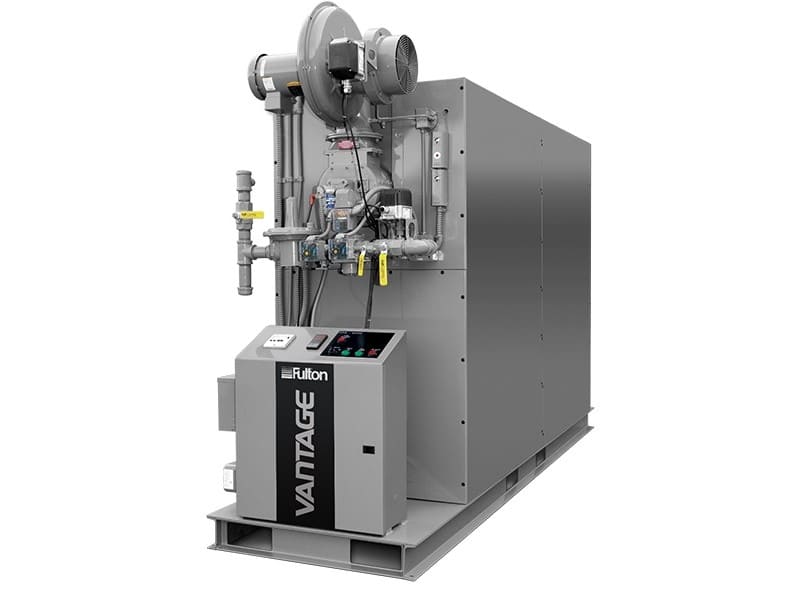 Boilers
Boilers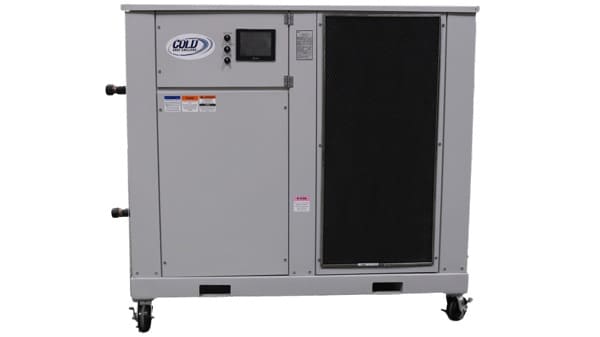 Chillers
Chillers Cooling Towers
Cooling Towers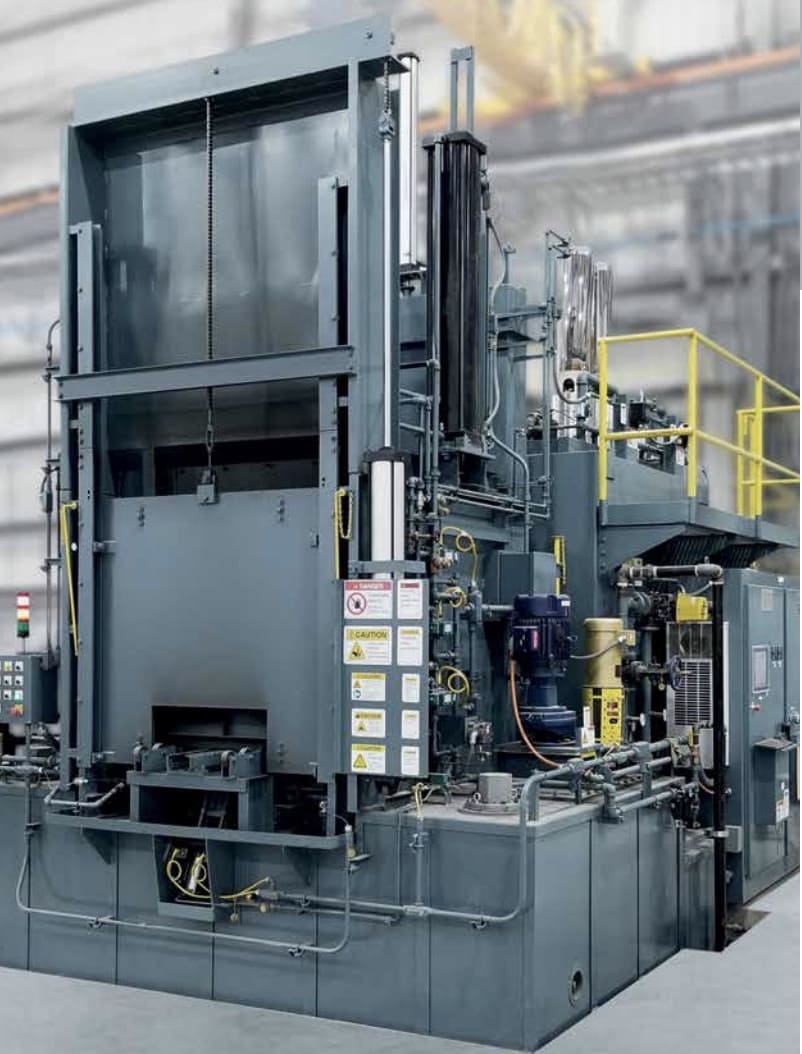 Furnaces
Furnaces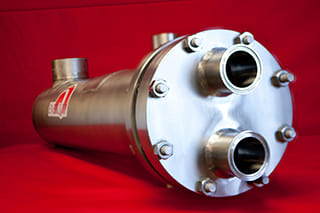 Heat Exchangers
Heat Exchangers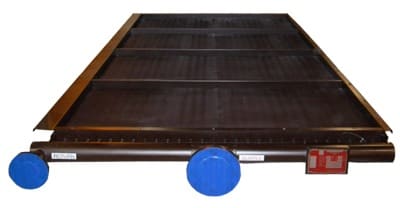 Heat Transfer Equipment
Heat Transfer Equipment Castings & Forgings
Castings & Forgings Bulk Material Handling
Bulk Material Handling Electrical & Electronic Components
Electrical & Electronic Components Flow Instrumentation
Flow Instrumentation Hardware
Hardware Material Handling Equipment
Material Handling Equipment Metal Cutting Services
Metal Cutting Services Metal Forming Services
Metal Forming Services Metal Suppliers
Metal Suppliers Motion Control Products
Motion Control Products Plant & Facility Equipment
Plant & Facility Equipment Plant & Facility Supplies
Plant & Facility Supplies Plastic Molding Processes
Plastic Molding Processes Pumps & Valves
Pumps & Valves Recycling Equipment
Recycling Equipment Rubber Products & Services
Rubber Products & Services